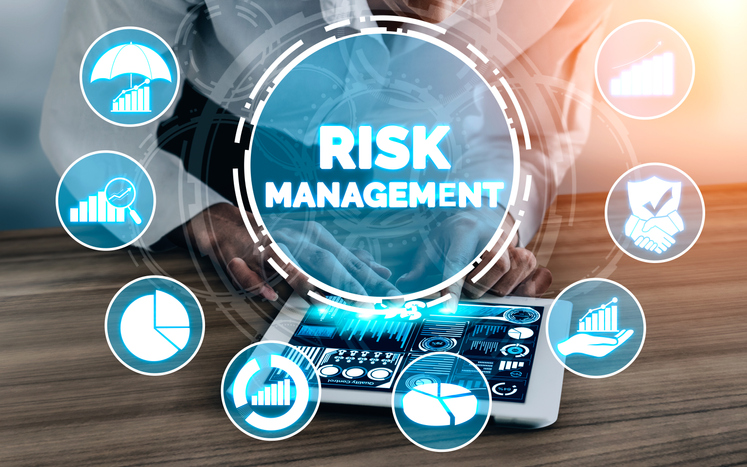
- Exposure Management and CTEM prioritize a holistic, continuous, and business-aligned approach to cybersecurity
- Both frameworks focus on identifying all types of vulnerabilities, validating real-world risk, and directing remediation toward the most critical threats
- Automation, collaboration, and integration with frameworks like MITRE ATT&CK are essential for staying ahead of evolving cyber threats
As cyber threats become more sophisticated and attack surfaces expand, traditional periodic vulnerability scans and reactive responses no longer suffice. Continuous Threat Exposure Management (CTEM) and broader exposure management offer a unified, proactive strategy for identifying and reducing organizational risk in real time. Developed from Gartner’s CTEM framework, this model emphasizes five interlocking stages—scoping, discovery, prioritization, validation, and mobilization—that together ensure constant visibility and adaptive defense.
Exposure management builds on CTEM’s foundation by addressing a wider range of cyber exposures beyond common vulnerabilities (CVEs). These include misconfigurations, outdated systems, weak credentials, and gaps in application and identity controls. Rather than treating each issue in isolation, exposure management consolidates data from multiple tools, evaluates business impact and exploitability, and prioritizes based on real-world threat potential. Risk-based scoring and validation techniques—such as breach simulations, red teaming, and threat modeling—further help security teams focus on what matters most.
The advantages are considerable. Organizations that adopt exposure management frameworks report improved visibility across hybrid infrastructures, reduced IT workload, more efficient resource allocation, and clearer communication of risk to executives. Exposure data tied to business impact also supports regulatory compliance and enables better-informed decision-making. Meanwhile, real-time dashboards and workflow tools accelerate remediation, enabling faster response to critical threats.
Looking forward, the future of exposure management lies in the integration of AI and automation to scale risk assessment, anticipate threats, and continuously validate the effectiveness of controls. With platforms like Balbix already enabling risk mapping, business impact forecasting, and automated prioritization, exposure management is positioned to become a cornerstone of modern cybersecurity strategy—bridging security, operations, and business leadership in the shared goal of resilience.


Leave a Reply
You must be logged in to post a comment.